
HR Transformation
Building Human Resources From the Outside In
Recommendation
Is your company’s human resources operation a true “business partner” that makes a major contribution to your bottom line? Or does it merely fulfill the daily tasks of hiring, firing and paying your employees? If the latter, don’t worry – that can change. So say the human resources experts who founded the RBL Group and the RBL Institute, a consultancy and an educational organization dedicated to helping HR leaders attain new levels of professionalism. Using the institute’s tools and tactics, you can “transform” your human resources department into a valued, knowledgeable and contributing member of your corporate team. While you don’t have to be a human resources professional to benefit from this book, its HR-speak presents a pretty dense thicket that might daunt a novice. Nevertheless, getAbstract suspects that dedicated professionals will find valuable strategic knowledge here that makes the effort worthwhile.
Summary
About the Authors
The authors are affiliates of the RBL Group. Co-founder Dave Ulrich teaches at the University of Michigan, where Wayne Brockbank directs the Center for Strategic HR Leadership. Justin Allen is managing director at the RBL Institute. Jon Younger heads strategic HR at the RBL Group, where Mark Nyman is a principal.









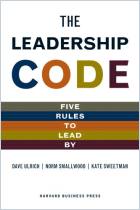
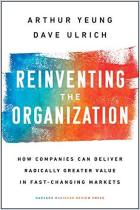

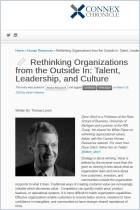
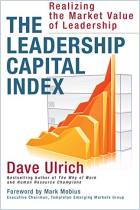

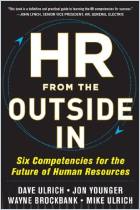

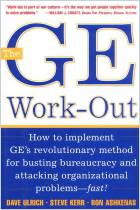
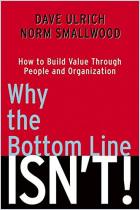
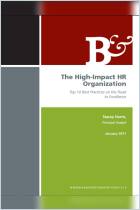
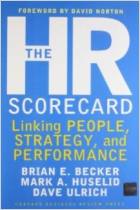
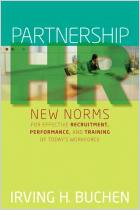

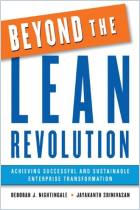
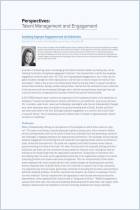


Comment on this summary